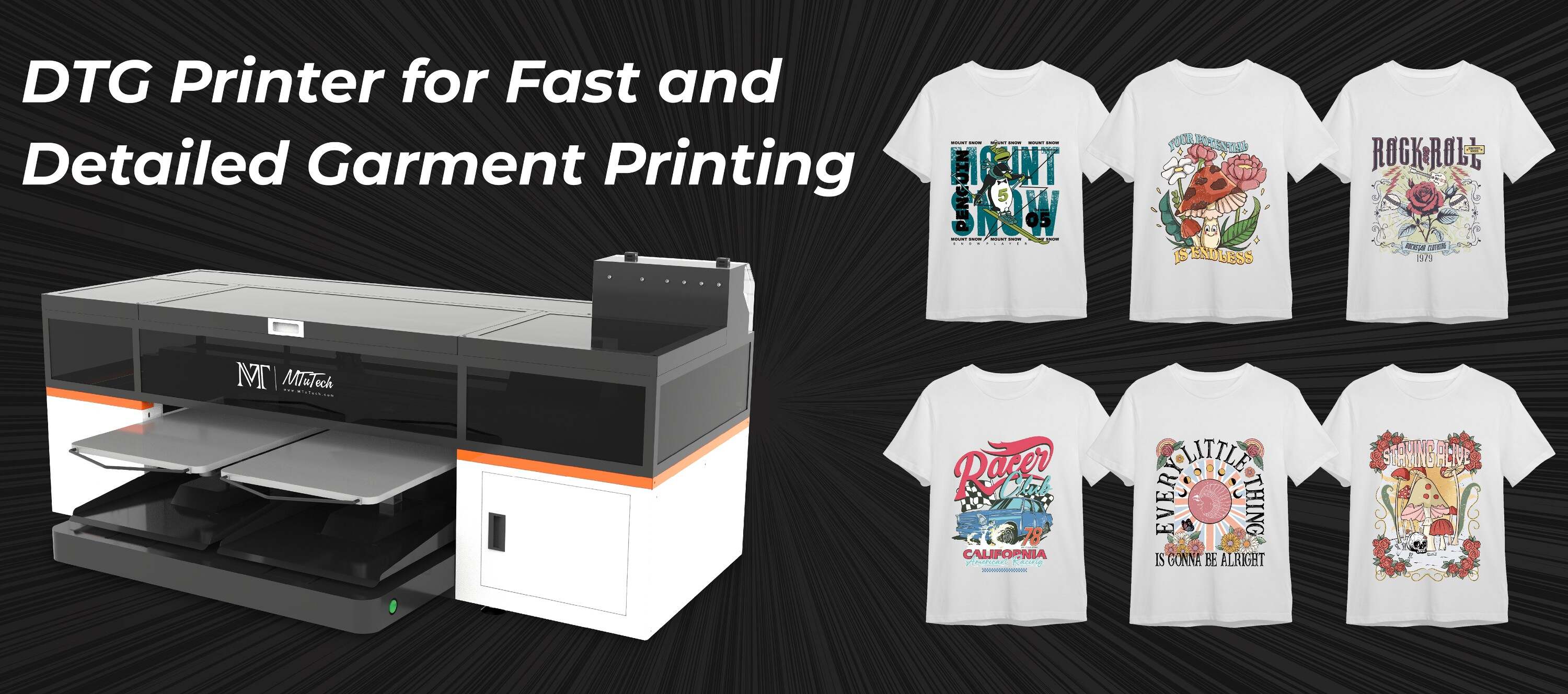When it comes to digital textile printing, optimal pretreatment settings are key in receiving high-quality results. Each fabric type requires a particular pretreatment process to establish a suitable and efficient printing environment. This blog post will cover the basics of optimizing pretreatment settings for different fabrics.
Introduction
The process of textile printing involves many meticulous steps, one of which being the pretreatment stage. The pretreatment phase is trivial and crucial to the quality of the print, as it applies a coating to the fabric that makes it receptive to water-based inks. Each fabric type, be it cotton, silk, polyester, or mixtures, have a different reaction to these inks and thus require a distinct pretreatment setting.
Benefits of Optimizing Pretreatment Settings
The right pretreatment process not only saves on costs by reducing ink usage but also ensures a vibrant, long-lasting print. Moreover, the fabric maintains its feel and look, ensuring that the final product, whether a one-off showpiece or mass-produced clothing line, meets the highest quality expectations.
Enhanced Print Quality
Correct pretreatment settings assure that the soluble inks perfectly bind to the fabric, thereby resulting in sharp and clear prints. The contrast between dark and light colors is sharper, making the print standout. It also ensures longevity of the print, preventing it from fading easily.
Economical Ink Usage
When fabrics are properly pretreated, they absorb less ink. This not only reduced wastage but also reserves the actual texture of the fabric, providing consistent results over a volume of print runs.
Features of Different Fabric Pretreatments
Different fabrics require specific pretreatment settings. Here is a quick overview:
Cotton: Cotton absorbs water best hence, it requires less pretreatment. A comparatively thinner pretreatment layer ensures clear prints without compromising the fabric's softness.
Polyester: Pretreatment of polyester fabrics involves a higher temperature and longer curing time as compared to other fabrics. The intense heat ensures that the dye penetrates deep into the synthetic fibers.
Silk: Silk is delicate and demands a gentle approach. The pretreatment process for silk should be mild and at a lower temperature.
Blended Fabrics: For mixed fabrics, the setting should be adjusted based on the dominant fabric content in the blend. For example, if the fabric is a blend of cotton and polyester, and cotton is the dominant one, then cotton pretreatment settings should be utilized.
Conclusion
Optimizing your pretreatment process based on your fabric type can make a significant difference to the overall print quality. It not only saves on costs but also, crucially, ensures vivid and durable prints. Remember, each fabric is distinctive and requires a separate treatment process for best results. With appropriate pretreatment settings, you can substantially enhance your print results and cater to a variety of fabric types effectively and efficiently.
You can explore our high-quality DTG printers here to understand more about the in-depth pretreatment standards they follow.
Frequently Asked Questions
1. Why is pretreatment important in textile printing?
Pretreatment makes the fabric receptive to dye or ink. This process lays the foundation for the high-quality and durable prints because it assures that the inks bind seamlessly and consistently to the fabric fibers.
2. Which fabrics require strong pretreatment?
Fabrics such as polyester and other synthetics generally require stronger pretreatment methods. This is due to their lower absorbency level compared to other fabrics like cotton or linen which absorb water easily.
3. Does every fabric need a pretreatment?
Yes, some form of pretreatment is typically necessary to ensure high-quality, long-lasting prints. Even fabrics that absorb water more easily, like cotton, still benefit from a mild pretreatment application.
4. What happens if pretreatment is done wrongly?
Incorrectly implementing pretreatment can result in dull prints, faded colors, and even damage to the fabric. Therefore, understanding your fabric type and adjusting pretreatment methods accordingly is critical in textile printing.

